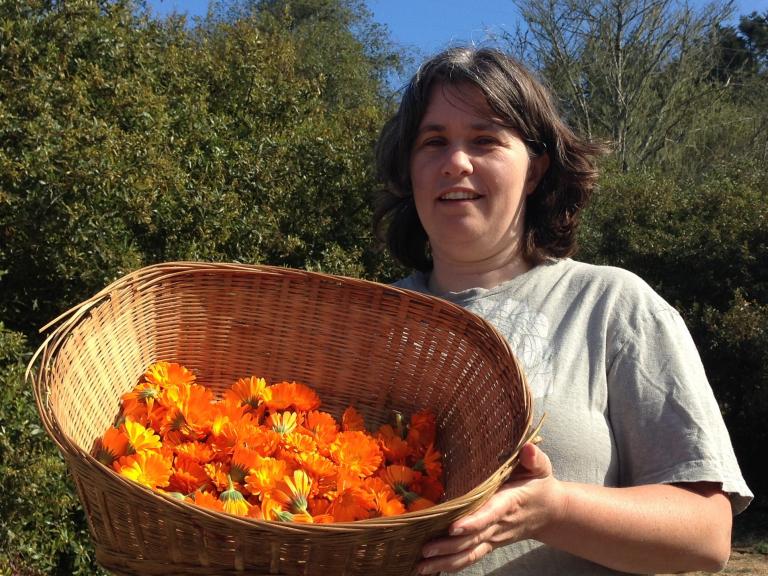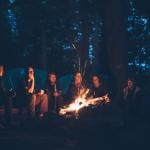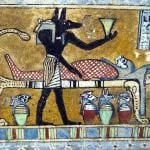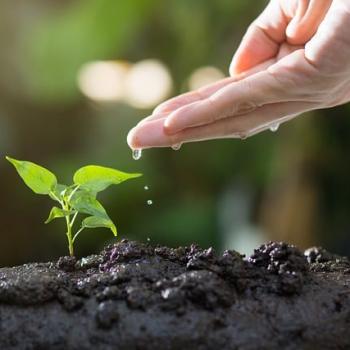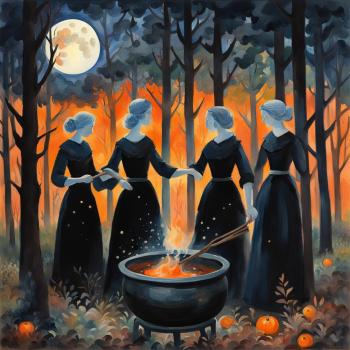Once upon a time, there was a king and a queen, and they had a baby, after years of hoping for one and praying for one and maybe invoking a bit of magical intervention for one. To celebrate the baby’s arrival, they held a big feast, and they invited all the fairies except the one they were afraid of. Naturally, the uninvited fairy showed up anyway, furious at being uninvited, and cursed the child.

Moral of the story: they had good reason to be afraid of her.
Alternative moral of the story: uninvited fairies always show up, and they show up furious. You’re better off inviting them.
Follow-up to the alternative moral of the story: if you invite the fairy you’re afraid of, maybe she’ll bring a blessing instead of a curse. (Perrault never wrote a story in which that happened, and the Grimm brothers never collected one. Do people really never invite the fairies they’re afraid of? Or is the lack of a curse just too uneventful to be a fairy tale?)
In the landscape I live in, the uninvited fairy is fire. A magical element, and a necessary one.
California, where I live, broke its record for the most destructive wildfires ever three times within the last two years. Fire is a natural part of the ecosystem. It clears congested undergrowth, allowing adequate light and soil nutrients for the remaining trees in the forest. There are quite a few native plants–manzanita and Ponderosa pine among them–that require fire in order to germinate.
Every year, the late summer and the autumn see some wildfires. It is the dry season. Most of California gets no rain at all for half the year, on average, and has usually been at least four months without rain by the end of August. In reality, because of the way the ecosystem works, summer fires are as necessary for plant growth as winter rains. But the prevailing belief, ever since the land was stolen from the indigenous people, who were themselves subject to brutal genocide, has been that rain is good but fire is bad.
Now, after over a century of aggressive fire suppression, fires, when they start, often become very big and very destructive. Whole neighborhoods and towns have burned. Not only are homes, schools, and businesses destroyed, and lives lost, the many toxic chemicals that modern human-made structures contain get released into the atmosphere to cause even further but more subtle damage. And that’s saying nothing about what out-of-control fire does to wilderness areas.
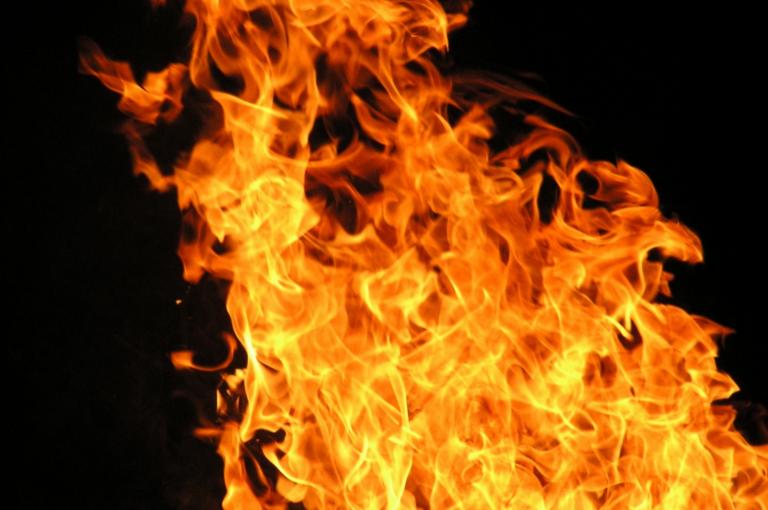
Ironically, the cause of several of these fires has been determined to be sparks from power lines, and where no definitive cause has been identified, electricity is often suspected. Electricity is another kind of fire. It has replaced candles and oil lamps as the source of nighttime lighting.
In many homes, electric heaters and stoves now fill the niche once occupied by wood-burning stoves and fireplaces, while most of the rest use natural gas furnaces and stoves that require electricity to get started. Modernized versions of the fire that, for millennia, made storytelling and living through the cold and dark season and cooking food and brewing medicines possible.
Fire has always required careful handling. The indigenous peoples of California have always used it as much as anyone did, and in addition to the usual uses of cooking and heat and light, they would also use it to cultivate the land. Fires would be set, judiciously, to help the land clear and regenerate, to make way for new plants that would include next year’s food. While there was no intensive tilling of the land, no farming as we would define it, the whole landscape was stewarded by the people. With small fires, year after year, there was never enough fuel buildup for the big and heavily destructive ones we see today.
With the power of fire feared and suppressed, even as it’s being aggressively generated through dams and windmills and power plants (this is the same state that built a nuclear power plant on top of an earthquake fault, and would’ve built several more if not for the intervention of activist witches), the curse of the uninvited fairy has begun to be felt.
We could talk about sustainable energy. We could talk about better fire management (but in a landscape covered with cities and towns, which are dependent on electricity, is the relationship to fire that the ecosystem needs really possible?). We could talk about climate change, how it’s driving not only wildfires but also extra destructive hurricanes and floods and other natural disasters. Natural, but with a likely human-made element.
But to get anywhere, we must also invite the uninvited fairy. Honor her power, and give her a place at the table.


